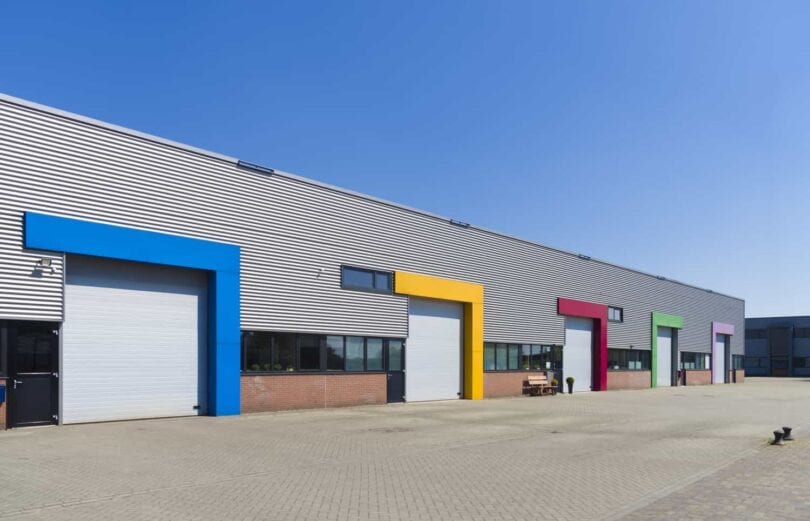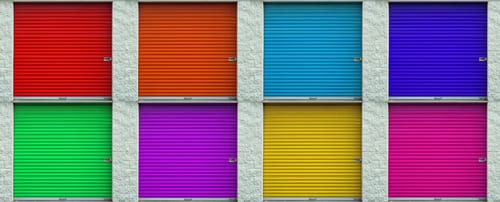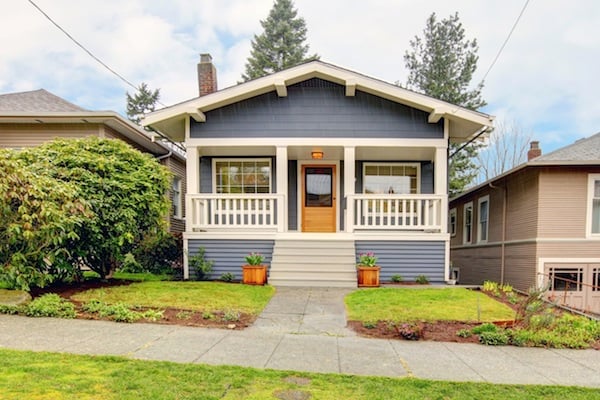Whether you are looking for temporary storage for your personal belongs or for your business, it is easier than ever to find a storage unit. The internet has multiple options to help you find a self-storage unit to meet your needs.
1. Determine what you need to store and what type of unit you need
- Unit type: Regular or climate controlled to help control humidity.
- Unit location: Inside, outside, multi-floored or drive up unit for easy access.
- Accessibility: Some facilities only offer access during hours of operation; others have key codes or have open access 24 hours a day, 7 days a week.
- Security: security cameras inside and out, gated facility, or patrolling security personnel.
- Lighting: Well lit exterior areas; interior hallways, units, and exits.
2. Find the perfect unit
Now that you have determined what type of unit you need, it is time to search for the perfect one. Search online by area or use a search engine dedicated solely to self-storage. A self-storage search engine will help you find and compare facilities, unit types, sizes and prices conveniently in one place often side by side.
3. Lock it in
Reserve or book your self-storage unit often right online or by calling the facility. However, you will need to complete a contract and other paperwork in person before you can move in.
Some other things you should know before you move in:
- Purchase a good lock before move in, if not most facilities sell locks at comparable prices.
- Most self-storage facilities have handcarts or dollies for customer use, if not bring your own.
- Take pictures and/or keep an inventory of items being stored.
- Check with your homeowners’ insurance to see if items being stored are covered and bring the copy of the policy with you or you can purchase a policy from the facility to cover your stored belongings.
- Make sure to pay your monthly fee on time to avoid costly late charges.
—
This article was contributed by Eva Prada, a writer for the Self Storage Blog.









